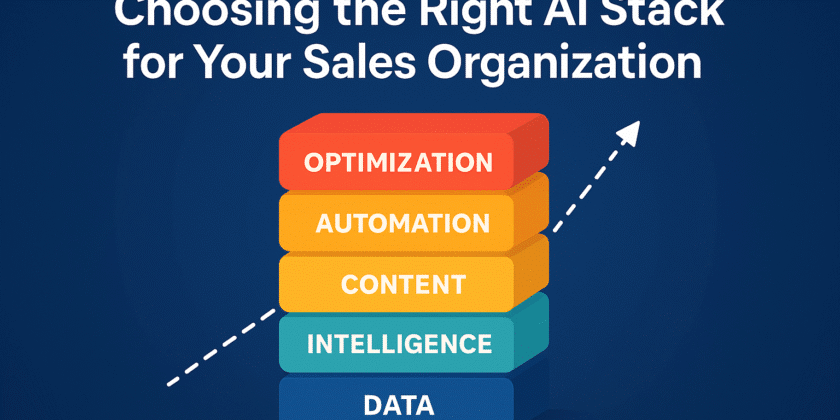For founders of companies, the journey of a business is a narrative of evolution, growth, and constant adaptation. As salespeople, sales managers, and CEOs, we are all too familiar with the challenges and triumphs that punctuate this journey. In the world of sales, one of the most critical turning points is the transition from acquiring your first ten customers to expanding your customer base to 50 or even 100. This pivotal moment sets the trajectory of a business and is a key focus of our discussion.
When you’re starting, the founding team is focused on acquiring those first ten customers. They’re trying to find their footing in the market, identify their target audience, and refine their product or service offering. You might be customizing your product or service for each customer to ensure it fits their specific needs. However, as you aim for the next level of growth, it’s crucial to start thinking about systemizing your sales process. This will ensure efficiency and prepare you for the next level of growth.
To scale effectively, company leaders need to standardize their product or service offering. While customization can be beneficial in the early stages, it becomes impractical and inefficient as your customer base grows. The key here is to create a product or service that can be sold repeatedly with minimal adjustments. This streamlines the sales process, making it easier for others to sell the product or service.
In the early stages of a business, the founders might be the ones doing all the selling. But as the company grows, this becomes less feasible. To reach a larger number of customers, you need to bring others on board to sell for you. This is where standardization comes into play. By standardizing your product or service, you make it easier for others to understand and sell it.
However, standardization is not just about your product or service. It’s also about understanding the ideal customer. In the beginning, the founders might sell to anyone willing to buy. However, as the company seeks to achieve larger growth, it is necessary to narrow down its target market. You need to understand who your ideal customer is, what problem you’re solving for them, and how you can best communicate your value proposition to them.
This process of understanding your ideal customer is known as developing a buyer persona. A buyer persona is a semi-fictional representation of your ideal customer based on market research and real data about your existing customers. It takes into account factors like demographics, behavior patterns, motivations, and goals. This strategic understanding of your customer base will guide your sales efforts and ensure you’re always meeting their needs.
As your business grows, your buyer persona needs to evolve, too. The buyer persona that helped you acquire your first ten customers might not be the same one that will help you reach 50 or 100 customers. This is why it’s essential to constantly revisit and revise your buyer persona to reflect the changing needs and preferences of your target market. This proactive approach ensures you’re always in tune with your customers’ evolving needs.
Another critical factor in scaling a business is understanding what the company is actually selling. You might think you’re selling a product or service, but what you’re really selling is a solution to a problem. It’s crucial to understand what problem your product or service solves, and more importantly, how it benefits your customers. This understanding is what truly differentiates you from your competitors and makes you valuable to your customers.
In essence, the journey from your first ten customers to your next 50 or 100 is a journey of evolution. It’s about refining your product or service, understanding your ideal customer, and communicating your value proposition effectively. It’s about being adaptable, flexible, and ready to learn and grow. It’s about being strategic and intentional in your sales efforts. And most importantly, it’s about being customer-centric, always keeping your customers’ needs and preferences at the heart of your business.
In conclusion, the path to sales growth is a challenging yet rewarding journey. It requires a deep understanding of your product or service, your target market, and your value proposition. It requires constant learning, adaptation, and evolution. But with the right approach, you can successfully scale your business, reach a larger customer base, and drive your business towards greater success.
Here are a few actionable steps that a business leader can begin implementing today:
- Standardize your Product or Service: Start developing a standard product or service offering that can be sold repeatedly with minimal adjustments. This will streamline your sales process and make it easier for others to sell your product or service.
- Develop and Constantly Revise your Buyer Persona: Understand your ideal customer in detail. Who are they? What problem are you solving for them? How can you best communicate your value to them? Remember, your buyer persona should evolve as your business grows and the needs of your target market change.
- Understand What You’re Really Selling: You’re not just selling a product or service; you’re selling a solution to a problem. Identify the problem your product or service solves and how it benefits your customers. This understanding will set you apart from competitors.
Being customer-centric is a mindset. Always keep your customers’ needs and preferences at the heart of your business. This focus will drive your business towards greater success and ensure you’re consistently delivering value to your customers. Remember, the path to sales growth requires constant learning, adaptation, and evolution, but it’s your customers who make it all possible.










